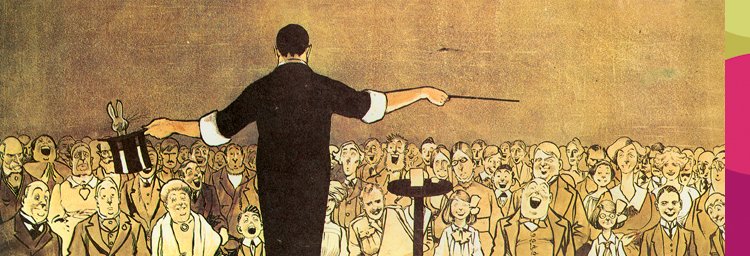Lantern slides were first introduced in 1849, ten years after the invention of photography, and allowed photographs to be viewed by large audiences and used for entertainment and educational purposes. Lantern slides come in various different formats and materials. The earliest ones were painted on a rectangular piece of glass with a thin paper border. These were gradually replaced by wooden framed ones, with either a rectangular glass (particularly for slides carry several images) or a central circular glass disc. Movement in slides was created by using two pieces of glass painted with different images or with black paint to obscure parts of the image, which were then slid or rotated past each other to make an illusion of movement. From the late nineteenth century, these wooden slides were replaced by square pieces of glass with paper edges, all made to a standard size of 3 and a quarter inches. Most of the slides in the collections are of this type.
The collection contains over 1000 lantern slides, dating from the early 19th Century to the mid-20th, and including various different formats.






